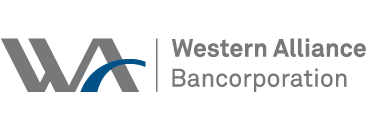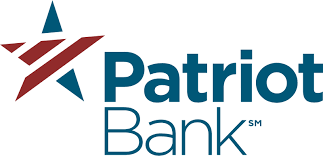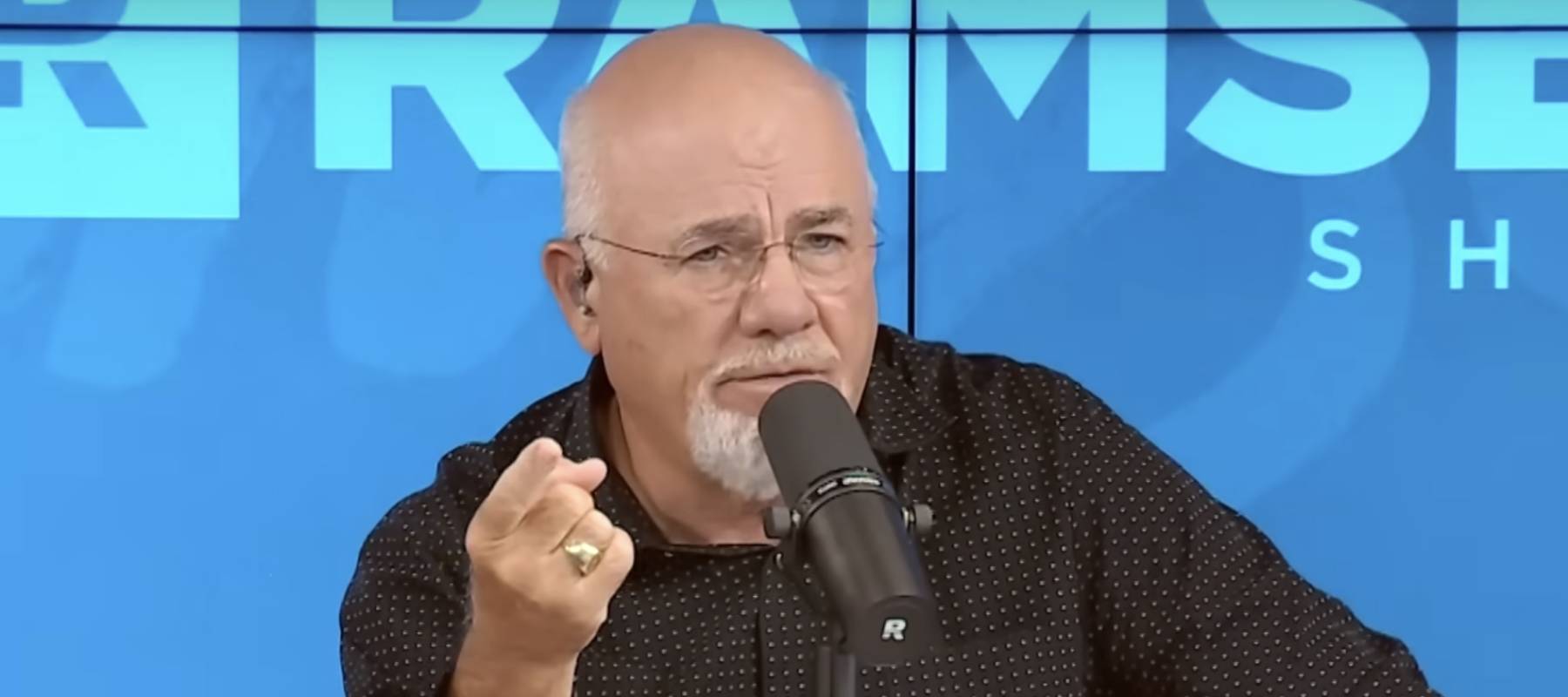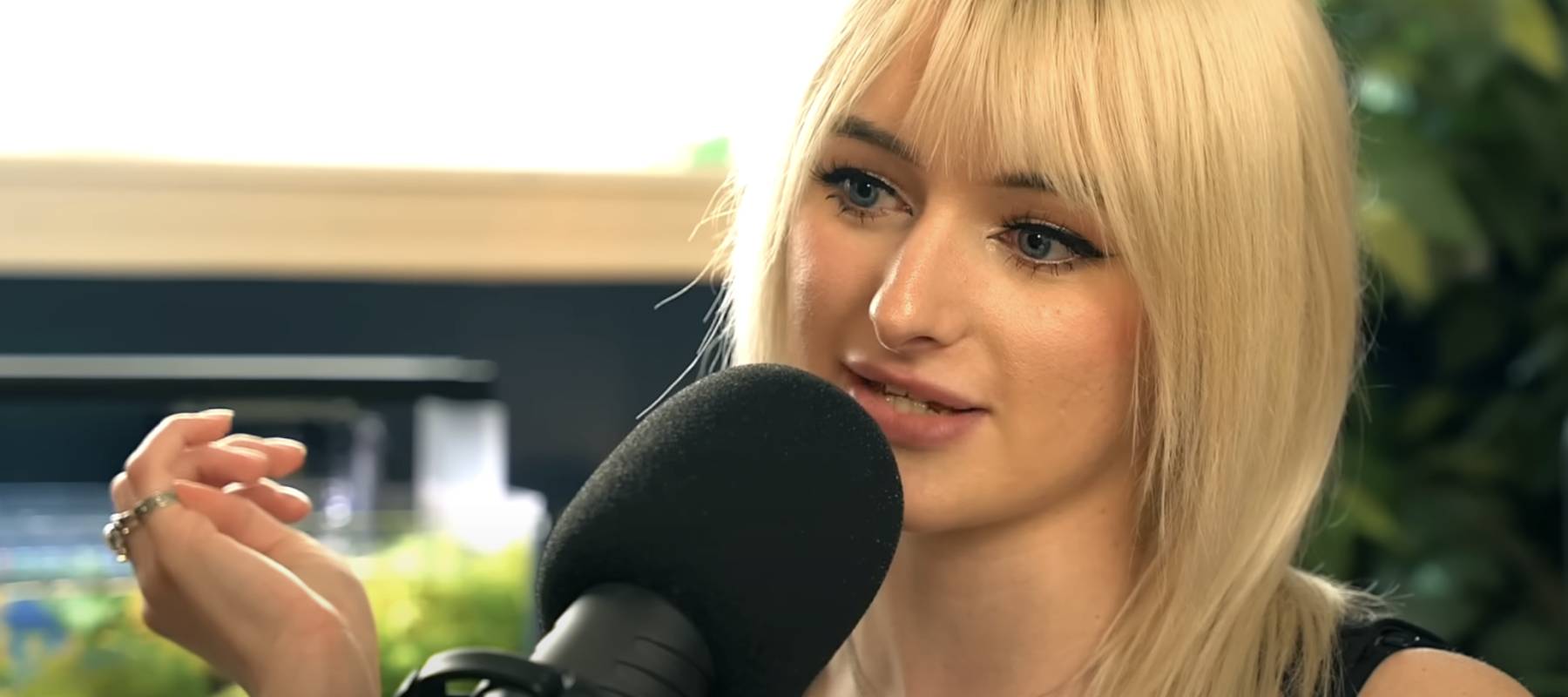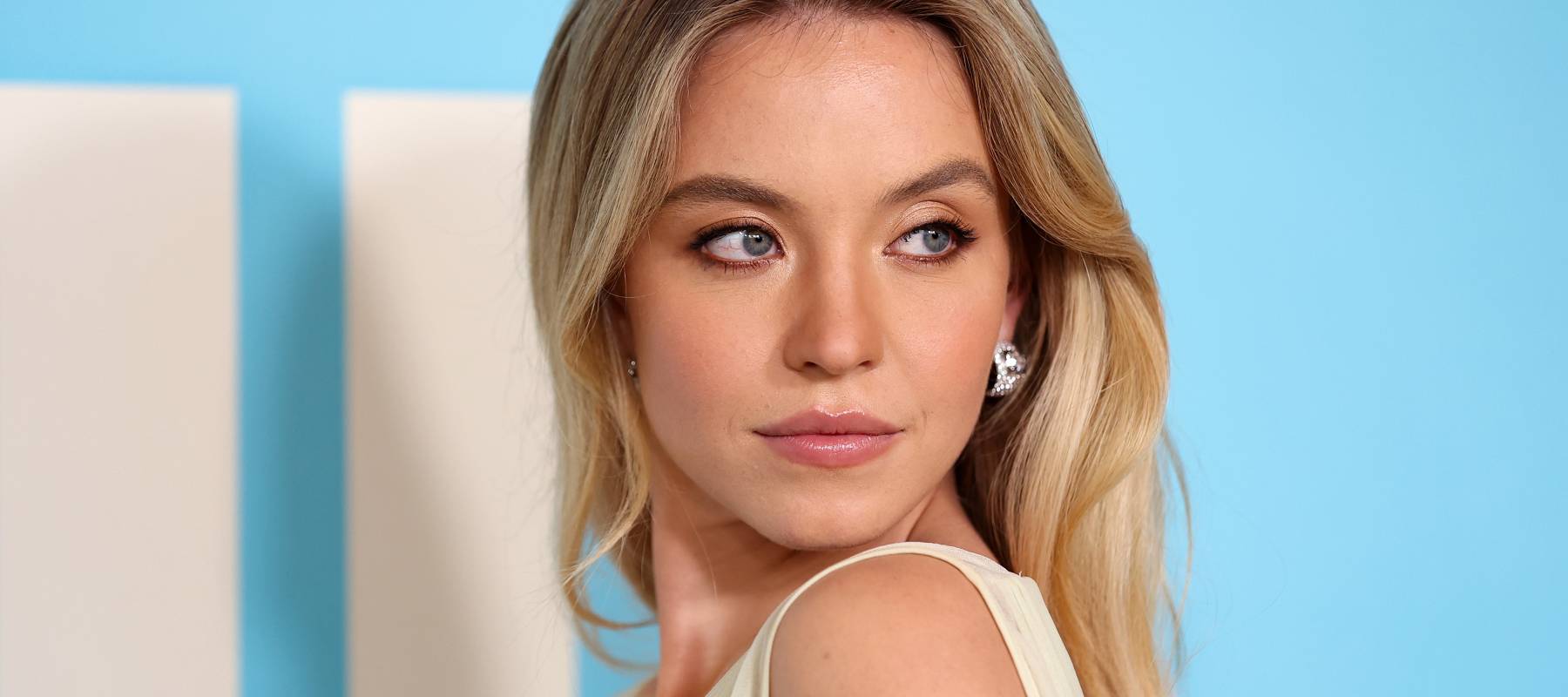-1697727014.jpg)
7 best savings accounts of January 2024
fizkes / Shutterstock
Fact Checked: Amy Tokic
Updated: December 28, 2023
We adhere to strict standards of editorial integrity to help you make decisions with confidence. Please be aware that some (or all) products and services linked in this article are from our sponsors.
We adhere to strict standards of editorial integrity to help you make decisions with confidence. Please be aware that some (or all) products and services linked in this article are from our sponsors.
In an effort to tame inflation, the Federal Reserve has been hiking interest rates since March — and when it comes to your savings, that’s a good thing. The Federal Deposit Insurance Corp.’s average annual percentage yield (APY) is 0.45% for savings accounts and 0.65% for money market accounts. By comparison, some financial institutions are offering savings account interest rates above 5%.
If you’re opening a new savings account — including a high-yield savings account, money market account or certificate of deposit — it’s possible to find interest rates higher than we’ve seen in years, which will help your money keep up with inflation. There are plenty of great savings accounts to choose from, and we’ve done the research to help you make the best decision for your needs.
Best savings accounts
- UFB Direct High Yield Savings Account – Best savings account overall for high yields
- mph.bank Money Market Deposit Account – Best savings account with no-restrictions
- Quontic High Yield Savings Account – Best savings account with overdraft protection
- Western Alliance Bank High Yield Savings Account – Best for high yields with the familiarity of a traditional bank
- CIT Bank Savings Connect Account – Best customer support options for digital banking
- Liberty Savings Bank High Yield Savings Account – Best no-frills savings account with no fees and no transaction limits
- Patriot Bank Money Market Deposit Account – Best money market account for a high APY and low minimum deposit
UFB Direct High Yield Savings Account
Quick Facts
Annual percentage yield: 5.25%
Minimum deposit: $0
Monthly maintenance fee: $0
Why we like UFB Direct High Yield Savings Account
Best savings account overall for high yields
If you want the security of a traditional savings account with the advantage of high interest rates, UFB Direct’s High Yield Savings Account is worth consideration. It’s a division of Axos Bank, with a digital banking model that allows it to keep costs down and pass on savings in the form of free services and competitive interest rates. UFB Direct only offers savings products, not checking accounts.
The UFB High Yield Savings Account is the bank’s highest-yielding savings account. Yet, there are no maintenance or service fees, no minimum deposit required and free transfers between direct deposit accounts. While the bank also offers the UFB High Yield Money Market Account with the same APY, you’ll need a $5,000 balance if you don’t want to pay the monthly $10 maintenance fee. But with that account, you do get check-writing privileges.
Unlike many savings accounts, you’ll also get an ATM card, with the ability to withdraw cash for free at more than 91,000 ATMs that are part of the Axos network. While there aren’t limits on the number of transactions you can make, there are daily withdrawal limits. Mobile banking is also available on Android and iOS devices — you can even use SMS messaging to access account features if you’re in an area without Wi-Fi.
As a direct bank, you don’t have the ability to walk into a branch and get in-person support. Customer support is available online or over the phone, which could be a drawback for some people. Like a traditional bank, deposit accounts are FDIC-insured up to $250,000 per individual and $500,000 for joint accounts. If you need expanded protection, you can access up to $175 million with UFB Direct InsureGuard+ Savings through IntraFi Network Deposits.
mph.bank Money Market Deposit Account
Quick Facts
Annual percentage yield: 4.70%
Minimum deposit: $1
Monthly maintenance fee: $0
Why we like mpg.bank Money Market Deposit Account
Best savings account with no-restrictions
You may not have heard of mph.bank, even though it offers highly competitive savings account interest rates. That’s because the digital bank doesn’t spend money on splashy marketing campaigns or naming rights for professional sports stadiums. But, since it was created by Liberty Savings Bank, it’s backed by a century-old, FDIC-insured financial institution.
While mph.bank’s Money Market Deposit Account gets a high APY, it also offers plenty of flexibility, like the ability to withdraw or add funds — as much as you want, whenever you want, with no restrictions. That’s because it uses the secure Raisin platform, which manages deposits, withdrawals and statements, as well as customer service needs (the customer service team is based in New York). Funds deposited into any of the products accessible through Raisin are FDIC-insured up to $250,000.
Quontic High Yield Savings Account
Quick Facts
Annual percentage yield: 4.50%
Minimum deposit: $100
Monthly maintenance fee: $0
Why we like Quontic High Yield Savings Account
Best savings account with overdraft protection
While you need a $100 opening deposit, this savings account comes with some perks. For one thing, there are no maintenance, overdraft or NSF fees. For another, interest is compounded daily (many competitors compound interest monthly), so you’ll save more faster. Another bonus: you’ll get an ATM card, so it’s easy to access your account. According to Quontic, you can open a savings account in minutes. You can then access your account online or through the app. Customer support is based in the U.S. (by phone or email).
However, you’re only allotted six transactions per account statement cycle; after that, there’s a $10 excess transaction fee for each subsequent transaction. While it’s easy to deposit money into your account — along with mobile check deposit, you also have access to more than 90,000 ATMs across the country — if you tend to move money around between accounts, this may not be the best option for you.
Western Alliance Bank High Yield Savings Account
Quick Facts
Annual percentage yield: 5.26%
Minimum deposit: $1
Monthly maintenance fee: $0
Why we like Western Alliance Bank High Yield Savings Account
Best for high yields with the familiarity of a traditional bank
For those who’d prefer to bank with a familiar commercial financial institution, Western Alliance offers a high-yield savings account with no fees and just a $1 minimum deposit. Keep in mind, however, that while your deposits are held with Western Alliance, funds are managed by Raisin, a secure platform that manages your deposits, withdrawals and statements, as well as customer service needs.
That means you won’t have all the features and functionality you may expect from Western Alliance. You don’t get an ATM card, so withdrawals require transferring money to a linked account, which could take one to three business days. However, unlike most savings accounts, there’s no withdrawal cap. And funds deposited into any of the products accessible through Raisin are FDIC-insured up to $250,000.
CIT Bank Savings Connect Account
Quick Facts
Annual percentage yield: 4.65%
Minimum deposit: $100
Monthly maintenance fee: $0
Why we like CIT Bank Savings Connect Account
Best customer support options for digital banking
CIT Bank is a division of First Citizens Bank, which has been around for 125 years. So if you want a competitive savings account rate backed by a legacy bank, then this may be a good option. There are no monthly service fees, but you’ll need a minimum deposit of $100 and you’re only allotted six transactions per statement cycle.
The mobile app makes it easy to deposit checks and transfer money into your account, though funds could take up to two business days to be deposited. Customer support is available 24/7 over live chat, or Monday through Saturday over the phone — with a real person — which gives it an edge over banks that only offer automated support systems. Accounts are FDIC-insured up to $250,000.
Liberty Savings Bank High Yield Savings Account
Quick Facts
Annual percentage yield: 4.60%
Minimum deposit: $1
Monthly maintenance fee: $0
Why we like Liberty Savings Bank High Yield Savings Account
Best no-frills savings account with no fees and no transaction limits
Liberty Savings Bank is a family-owned community bank that’s been around since 1889. Headquartered in Ohio with branches in the Sarasota-Manatee County of Florida, it has a loyal customer base — perhaps because this community-minded bank supports local initiatives like Habitat for Humanity.
This savings account uses the secure Raisin platform to manage deposits, withdrawals and statements, so you’ll need a linked account to access your funds. This isn’t a big deal if you’re looking to put aside money for a larger goal, but not so much if you’re using it as an emergency fund. There are no monthly fees, excess withdrawal fees or hidden fees. And funds deposited into any of the products accessible through Raisin are FDIC-insured up to $250,000.
Patriot Bank Money Market Deposit Account
Quick Facts
Annual percentage yield: 5.22%
Minimum deposit: $1
Monthly maintenance fee: $0
Why we like Patriot Bank Money Market Deposit Account
Best money market account for a high APY and low minimum deposit
Headquartered in Stamford, Patriot Bank has branches in the Connecticut counties of Fairfield and New Haven, as well as in Scarsdale, New York. With a highly competitive savings account interest rate of 5.22% — and interest that’s compounded daily — this money market deposit account from Patriot Bank is backed by Raisin, a secure platform that manages deposits, withdrawals and statements. Funds deposited into any of the products accessible through Raisin are FDIC-insured up to $250,000.
Through the Raisin platform, you can withdraw or add funds whenever you like through a linked account. But, unlike many money market deposit accounts, you won’t receive an ATM card, nor will you have check-writing privileges. While Patriot Bank is known for its customer service, you’ll have to contact Raisin if you have any customer support issues.
How to choose the best savings account
Typically, the higher the APY, the more attractive the savings account. While the APY is important, it shouldn’t be your sole consideration.
In some cases, a savings account with a slightly lower APY may be a better fit. For example, some savings accounts require a large minimum deposit or charge monthly maintenance fees — or, their best interest rate might only apply up to a certain amount. Also, some savings accounts come with hidden costs, such as fees for inactivity, overdraft or stop payment. Certain savings accounts come with an ATM card, which could be a bonus, but you’ll want to make sure you don’t incur ATM fees every time you make a deposit.
If you want the ability to easily access your funds, then you may prioritize a savings account with no restrictions — or one that provides an ATM card and access to a network of ATM machines — over one with a higher APY but less flexibility. If you frequently move your money around, you may want to avoid a savings account that only waives maintenance fees if you keep a certain amount of money in the account.
While keeping your financial goals in mind, here are some considerations when choosing the best savings account for you:
- What’s the annual percentage yield?
- What’s the minimum deposit requirement?
- How accessible is your money once it’s in the account?
- Will you be provided with an ATM card and are there fees to withdraw money?
- Is there a limit on transfers per statement cycle?
- How long does it take to transfer funds?
- Are there maintenance, overdraft and/or NSF fees?
- Are there ‘hidden’ fees, such as exceeding your allotted transfer limit?
- What is your comfort level with a digital-only bank versus traditional banks?
- Do you have 24/7 access to your account information through a website or mobile app?
- Does the savings account offer mobile check deposit?
- What customer support options are provided with your account?
Best savings accounts: Online vs. traditional
Do online banks offer the best savings accounts? It depends. Digital banks are typically able to offer a highly competitive interest rate — higher than its brick-and-mortar counterparts — because they have lower overhead. That translates into low (or no) minimum deposits and low (or no) maintenance fees. It also allows you to bank whenever, wherever, with the convenience of an online platform or mobile app.
Deciding between an online or traditional bank often comes down to whether you want the option of an in-person banking experience. Even if you do most of your banking online, you may want the ability to walk over to a branch and deal with a bank associate in person for certain matters. While digital banks typically offer customer support by phone and/or messaging, that option may not appeal to everyone.
Opening a savings account
Depending on the bank, you may be able to open an account in person. For digital banks, however, the process is done entirely online. Many digital banks claim that you can sign up in a matter of minutes — which may be true, but you still need to be approved, which could take a few days.
To open a savings account, you’ll typically need a government-issued ID, like a driver’s license or passport. You’ll also need to provide your phone number, mailing address, email address, date of birth and Social Security number. You’ll then need to indicate whether you’re opening an individual or joint account; if you’re opening a joint account with your spouse or child, you’ll also need to provide their personal details.
Before you submit the application, you’ll need to agree to the bank’s terms, which is a chance to check for any hidden fees. Your application will then be reviewed, which could take several days (since the bank needs to verify your information). If approved, you can go ahead and start saving by making the minimum initial deposit (if one is required) via a check or transfer from a linked account. If you’re opening an account at a branch, you may be able to make a cash deposit.
Can kids open a savings account?
Yes, kids can open a savings account — and it’s a good idea, too. Opening a savings account for your child can teach them financial literacy, so they’re familiar with terms like “budgeting” and “compound interest.” It can also teach them about the value of money and help build healthy financial habits that will help them throughout their life.
Even a younger child can start saving by depositing money from birthday and holiday gifts in a savings account. In their teenage years, they can continue saving by putting aside a portion of money earned from after-school jobs. A kids savings account must be opened jointly with a parent or guardian; many will waive fees or even offer financial literacy tools designed specifically for kids.
Savings account alternatives
Most banks and credit unions offer standard savings accounts, but they typically don’t come with particularly high APYs. A high-yield savings account offers a much higher APY, but many of the best rates are offered by digital banks. If you prefer banking in-person at a branch then a standard savings account might be the better option.
Other savings account alternatives include:
- Money market accounts
- Certificates of deposit (CDs)
- Checking accounts
Money market accounts
A money market account offers the best of both worlds: You get the flexibility of a checking account with the higher APY of a high-yield savings account. For example, most money market accounts come with an ATM card and check-writing privileges (albeit limited). While the APY may be similar (or better than) a high-yield savings account, they may require a higher minimum deposit — sometimes thousands of dollars — and limit the number of free transactions you can make per statement cycle. In some cases, a larger balance will earn a higher rate.
>More: Best money market accounts of 2023
CDs
Certificates of deposit require that you leave your money in the account for a fixed period of time, during which time you earn a fixed rate of interest. Many offer an APY above 5% and they’re FDIC-insured. But your money isn’t accessible until the maturity date — so if you need that money beforehand, you could face stiff early withdrawal penalties. This type of account is ideal for long-term goals, but may not be the best option as an emergency fund.
>More: Are CDs worth it?
Checking accounts
A checking account is designed for day-to-day transactions, such as making purchases, paying bills and depositing paychecks — and, of course, writing checks. With your debit card, you can withdraw cash from ATMs and make purchases from your account; you can also set up automatic transfers and bill payments online. But don’t expect to earn much (if any) interest on your money — it’s not meant for saving, but for transactions.



